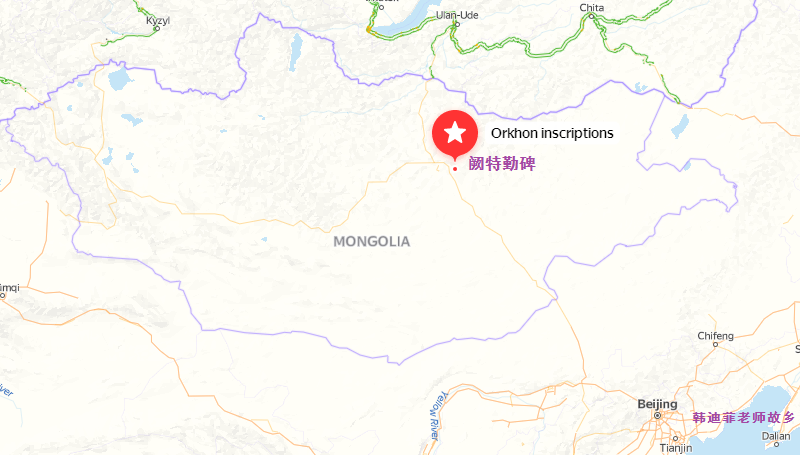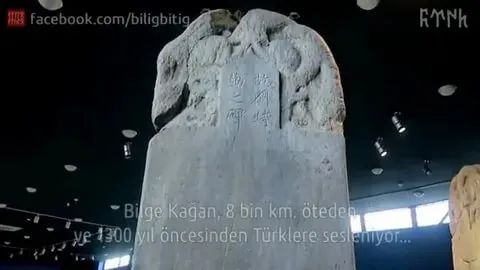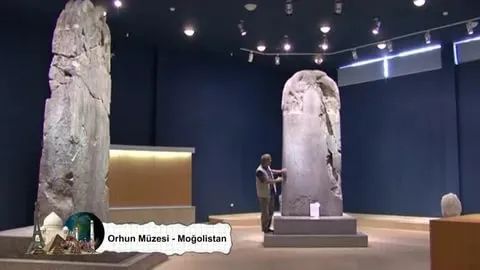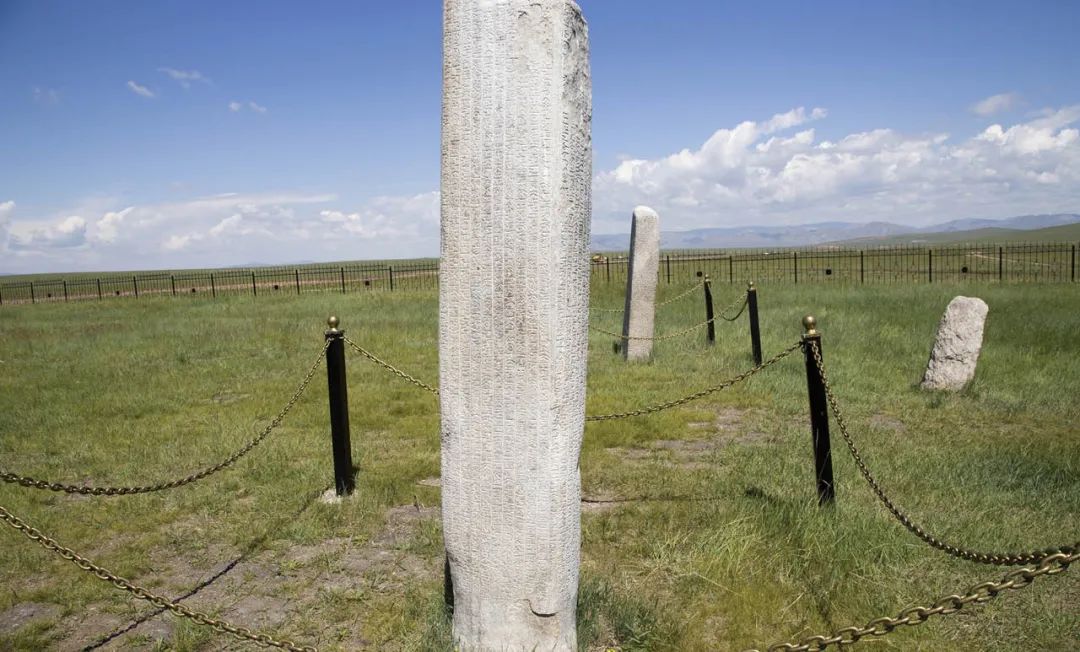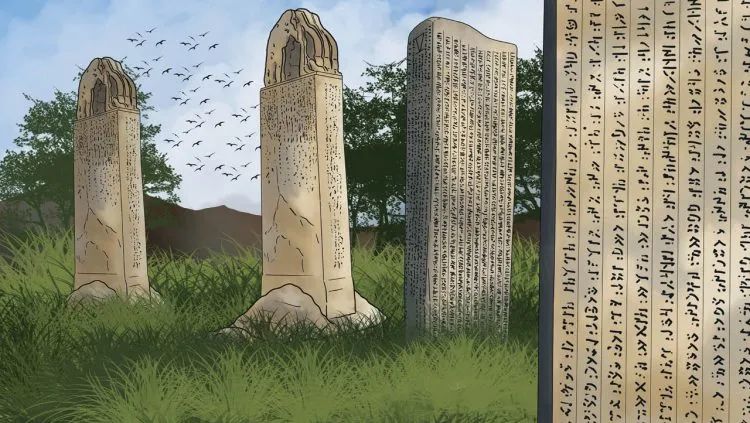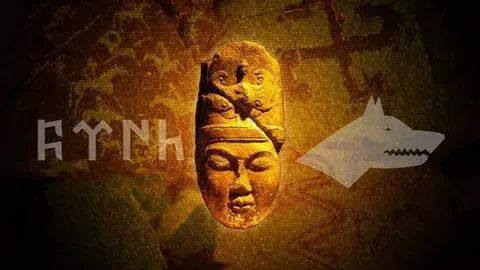丝路资讯
蒙古国考古史上的十大发现(1)
篇首语:耿世民先生在《古代突厥文碑铭研究》书中所作前言中说:我这一代中国学人,由于历史原因,在掌握材料,特别是国外这方面研究的材料方面,受到很大的限制。痛惋之情,溢于言表,故不揣冒昧,做点微小的贡献,翻译此文。原文是蒙古旅游网上的一篇介绍文,对我这样对蒙古的历史考古不甚了然的小白,正合适。蒙古考古十大发现分成五篇,一次译两处遗址,这次两处遗址都和突厥汗国有关,其中Shoroon Bumbagar遗址照片由韩迪菲老师提供,respect!
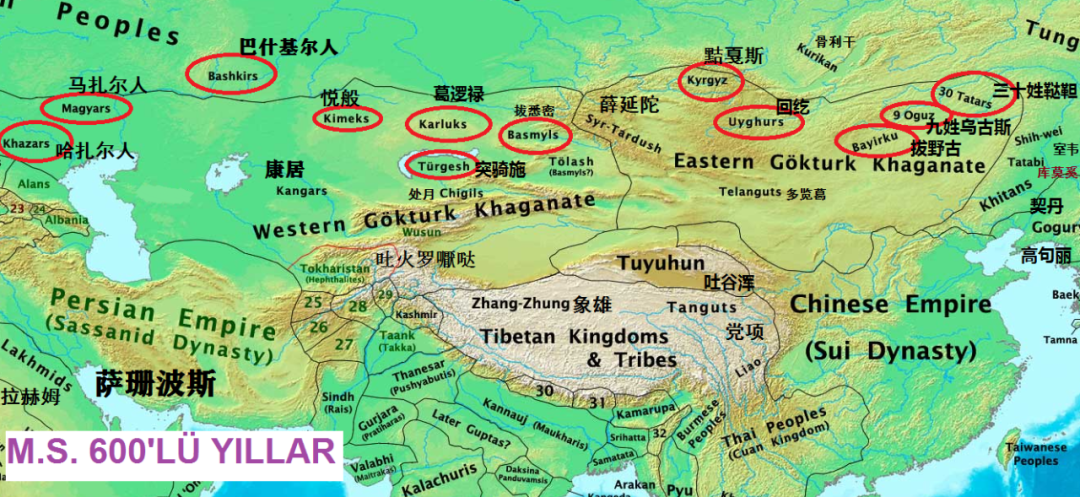
公元600年亚洲地图,原图纯英文,译注各主要政权对应的汉文,其中Tölash不知对应汉文史料中的哪一支人群,特此求教。武德初,有薛延陀、契苾、回纥、都播、骨利干、多览葛、仆骨、拔野古、同罗、浑部、思结、斛薛、奚结、阿跌、白霫等,散在碛北。
I believe- One of the things that people love to do is travel around the world and look at archaeological sites. Because it gives us an opportunity to study past civilizations, and see where they succeeded and where they failed.
我坚信人们乐意为之的一件事必定有一项是周游世界,踏勘古代遗址。因为这样的旅途给我们一个究天人之际通古今之变的契机。
Thousands and thousands of years later, Mongolian archaeological finds still delight professionals and the world with their wonder, luring researchers and joint teams – many from other countries – hoping to unlock secrets the past, the way Nomadic Mongols lived and how they powered the nations.
往事越千年,蒙古考古学的发现让专业人士和整个世界为之欣欣然,吸引了众多研究者和来自不同国家的联合考古队,期待去揭开往昔的谜底,那就是蒙古游牧人群的生活方式和如何让国家变得强有力的方式。
In no particular order, here are game-changing Mongolian Top Ten archaeological sites which every history lover should consider adding to their Mongolia Travel Bucket List.
以下考古发现并没有特定顺序,这里是可以任意改变顺序的蒙古考古史上十大发现遗址,每一位历史发烧友都应该把他们加入考察心愿单中。
1. Shoroon Bumbagar- Complete Tomb of Ancient Nomadic Tribe
Mongolian and Kazakhstani joint team discovered a complete tomb of an aristocrat from an ancient nomadic tribe at Shoroon Bumbagar of Bayannuur Soum in Bulgan Province in 2011. They have taken over 550 finds from the tomb. Out of those finds, 150 were gold, 80 were earthenware, the rest were wooden, bronze, and iron finds. The aristocrat, buried in the tomb, was a man. His body was cremated and was stored inside a silk bag. It is almost certain that he was a king or prince as there was a gold crown which was intentionally broken next to the silk bag. This tomb clearly represents foreign relations of 7th Century Nomads.
Shoroon Bumbagar(蒙古语意为 土包)遗址,保存完好的古代游牧人群墓葬
2011年,蒙古国和哈萨克斯坦联合考古队在蒙古国布尔干省巴彦努尔苏木 Shoroon Bumbagar发现一座保存完好的古代游牧人群的贵族高等级墓葬,从中发现了550件随葬品,其中150件是金制品,80件为陶制品,其余为木制品、铜铁制品。墓主人为男性,尸体火化后保存在绢袋中,绢袋旁是一顶人为破坏的金冠,因此判明墓主人为可汗或王子。
We know this because there were over 150 gold, silver and bronze coins under the silk bag, wrapped in silk. Most of the coins were made Constantinople. Some of the coins had handles for hanging and depicted various things. Some coins portrayed Byzantium State aristocrats and others depicted ritual fire offerings, which is the main rite of Manichaeism. This religion spread amongst the Turkic nomads back then. The experts have found out that the Western Turkic Nomads had relationship with Middle Asian countries and the Byzantium. Now, we can see from the finds of Shoroon Bumbagar that the Eastern Turkic Nomads were also in contact with Middle Asia and other parts of Asia in the 6th and 7th Centuries.
陪葬品清楚地显示了7世纪游牧人群与外部族群的联系,这样说是有根据的,因为在绢袋之下有150枚用丝绸包裹起来的金银铜币,大部分钱币是在康士坦丁堡制造的。一些钱币触摸起来有凹凸感,并刻印了各种图案。一些钱币印有拜占庭贵族的肖像,还有钱币 刻印圣火献祭仪式,这主要是摩尼教中的习俗,当时摩尼教在突厥游牧部落中传播,专家们发现西突厥汗国和中亚诸国以及拜占庭帝国都有联系。现在,我们可以从这个墓葬中发现,6~7世纪東凸厥汗国同样和中亚诸国以及其他亚洲国家有联系。
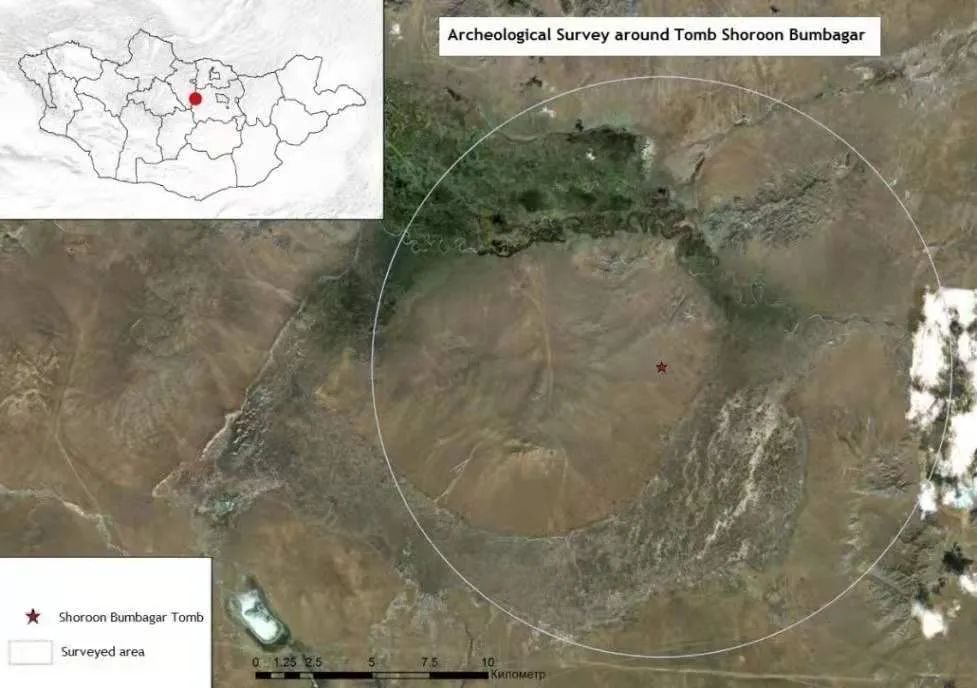
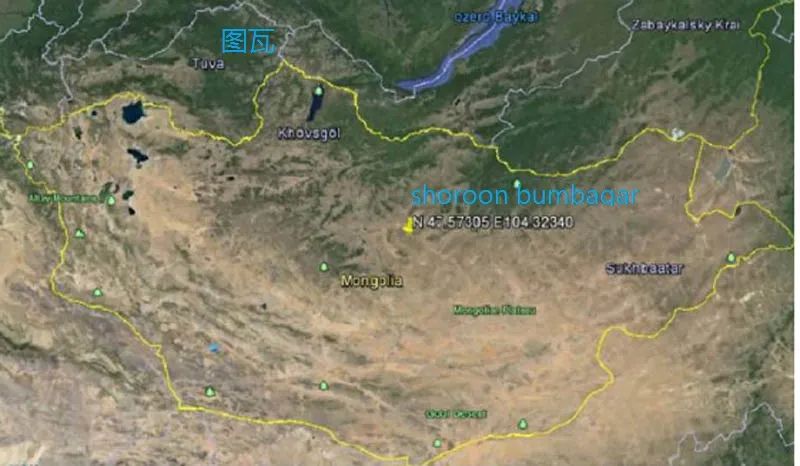



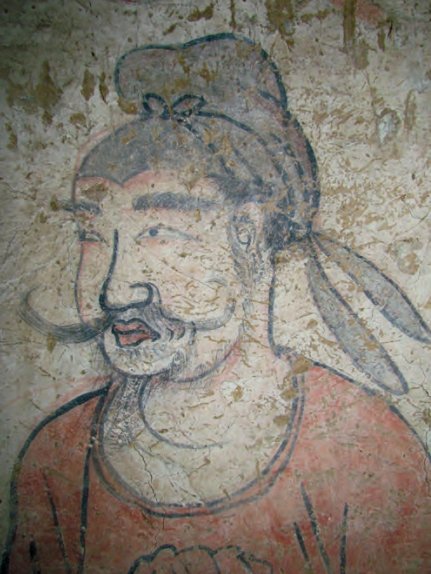

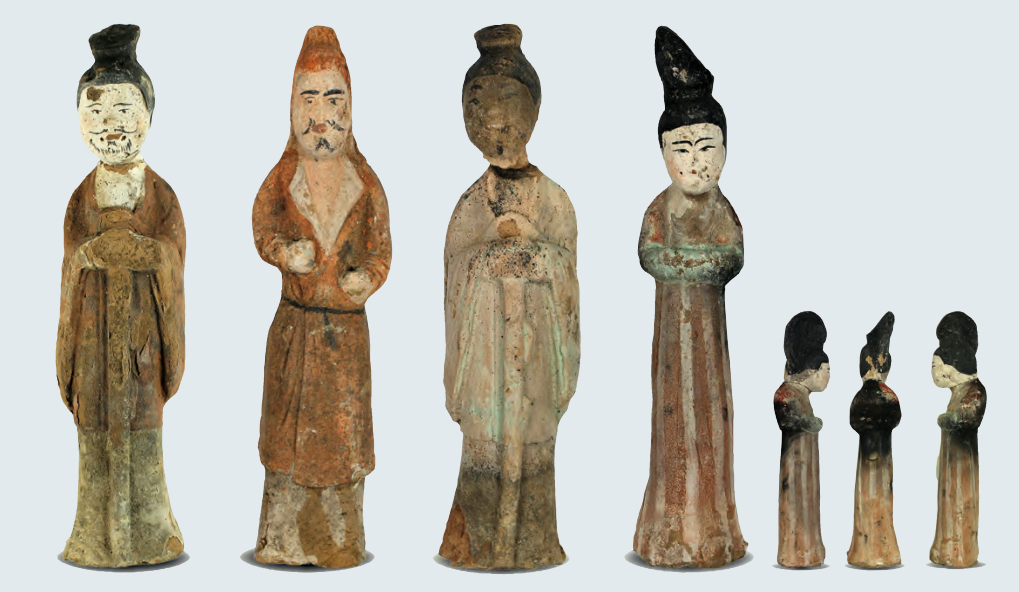
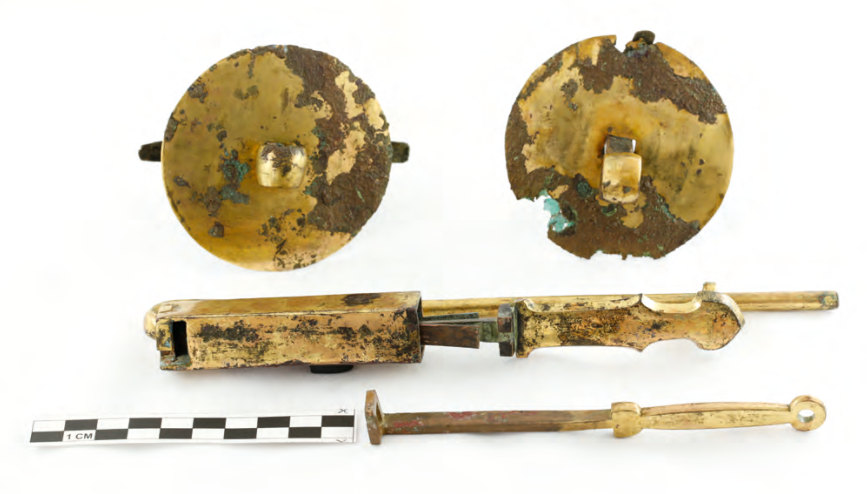

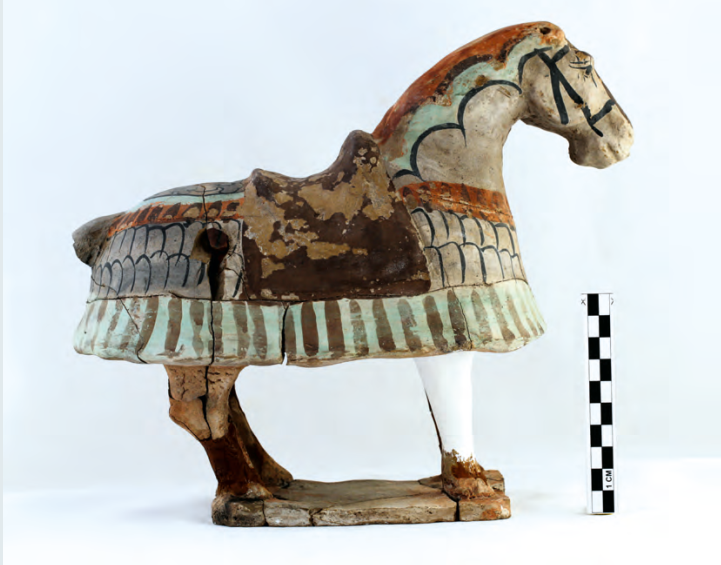
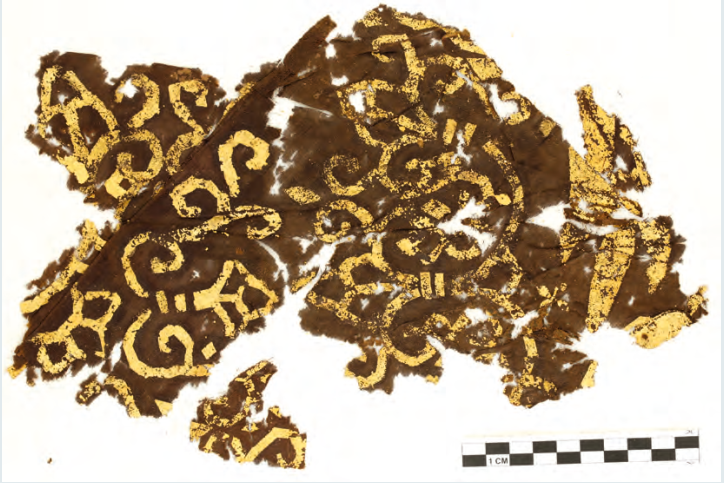
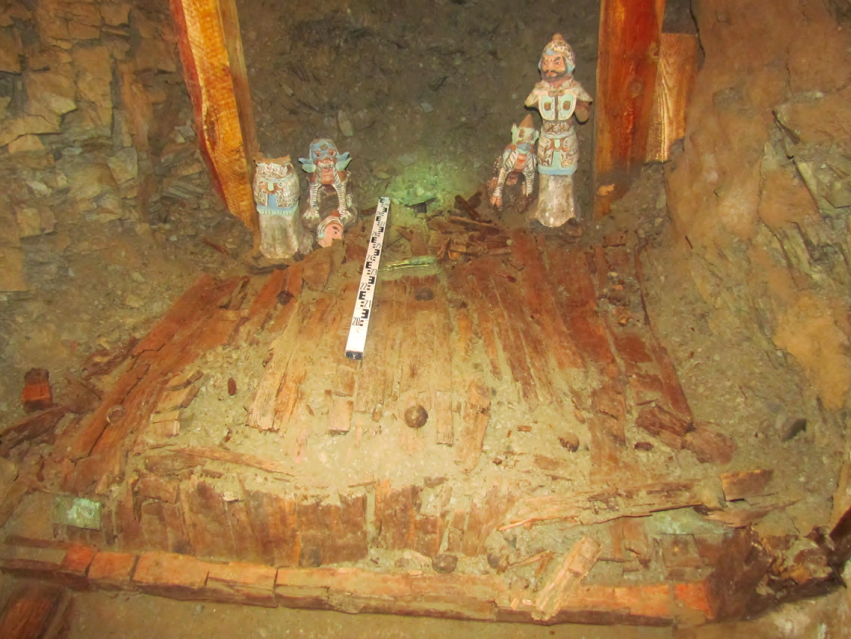
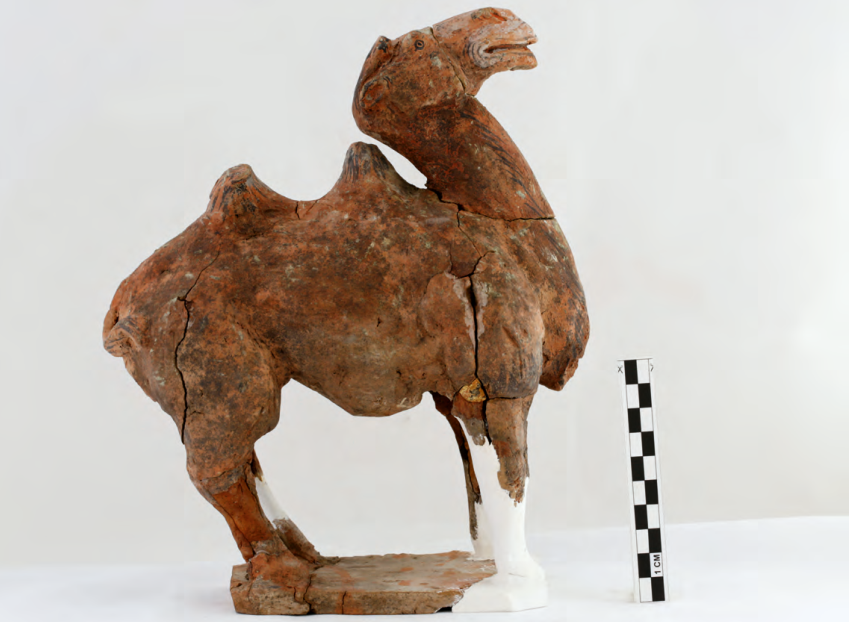
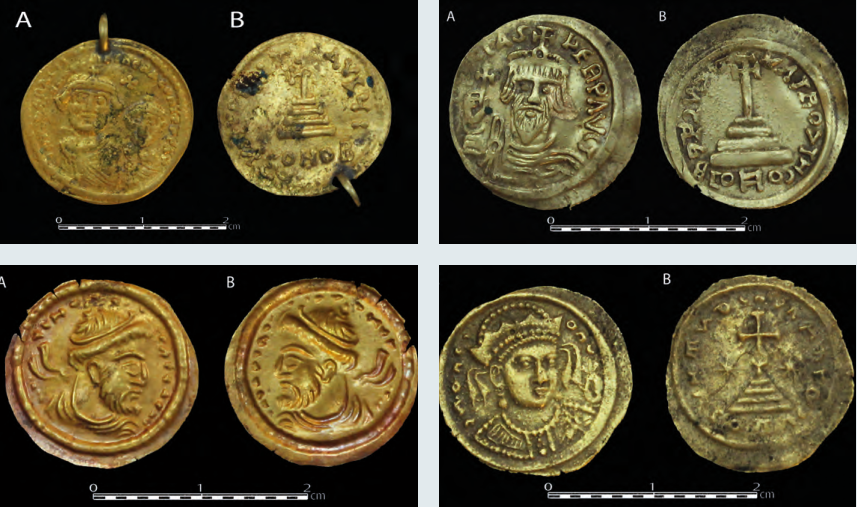

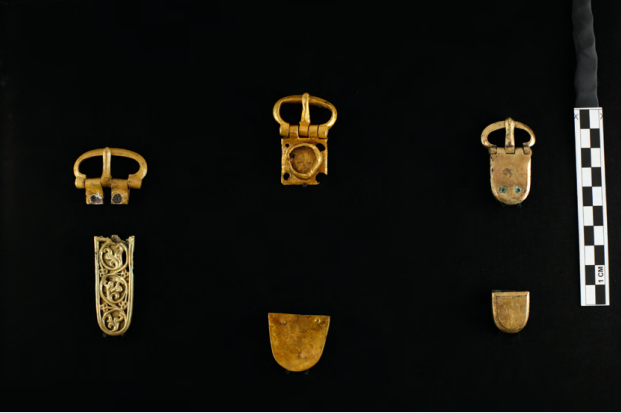
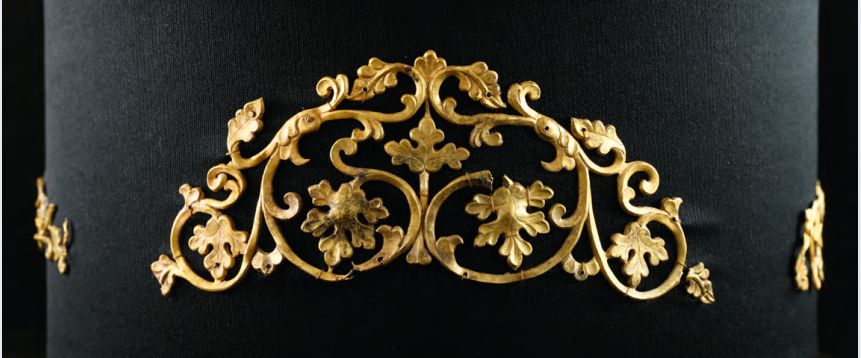



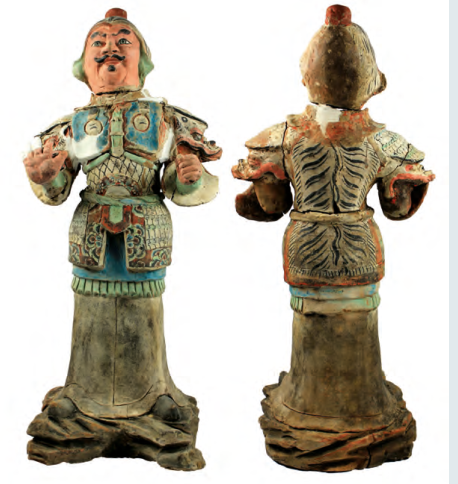

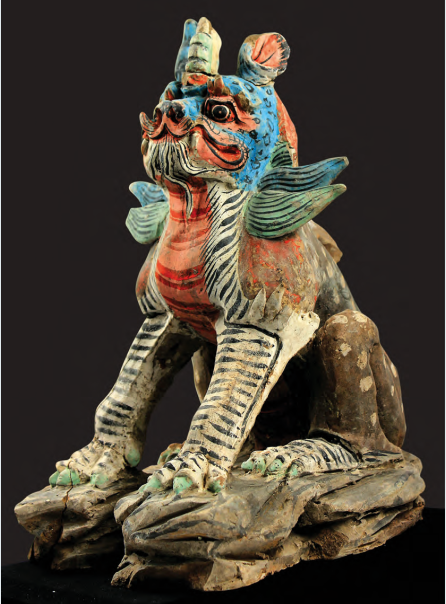
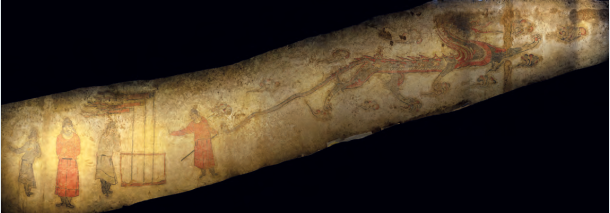

2. Orkhon Valley Turkic Inscriptions
The Orkhon inscriptions or Kul Tigin steles are two memorial installations erected by the Göktürks written in Old Turkic alphabet in the early 8th century in the Orkhon Valley in Mongolia. They were erected in honor of two Turkic princes, Kultegin and his brother Bilge Khagan. The inscriptions, in both Chinese and Old Turkic, relate the legendary origins of the Turks, the golden age of their history, their subjugation by the Chinese, and their liberation by Ilterish Qaghan.
鄂尔浑河谷突厥碑铭
鄂尔浑碑铭又称阙特勤碑,是两座8世纪突厥人在蒙古高原鄂尔浑河谷矗立的古突厥文纪念碑,鄂尔浑碑铭是为了纪念两位突厥王子,阙特勤和他的兄长毗伽可汗,碑文有汉文和古突厥文两种文字,讲述了突厥人的传奇起源和其鼎盛时期,臣服于中国人和颉跌利施可汗(阙特勤和毗伽可汗的父亲)带领他们走向自由的历史。事实上,据一处资料显示,碑铭铭文韵律流畅,工整对仗,就如同史诗一样。1889年亚德林采夫(俄罗斯考古学会东西伯利亚分会组织)探险队发现鄂尔浑碑,由拉德罗夫发表。碑文遵循字母顺序,但显示出受到鲁尼文的很大影响。碑铭是早期游牧社会从鲁尼文的使用向规范字母的转变,同时受到回纥文和粟特语的影响。阙特勤碑和毗伽可汗碑都是蒙古高原鄂尔浑河谷联合国教科文组织的文化遗产。
In fact, according to one source, the inscriptions contain "rhythmic and parallelistic passages" that resemble that of epics. The inscriptions were discovered by Nikolay Yadrintsev's expedition in 1889, published by Vasily Radlov. The scripts follow an alphabetical form, but also appear to have strong influences of rune carvings. The inscriptions are a great example of early signs of nomadic society's transitions from use of runes to a uniform alphabet, and influenced that of the Uighur script and Sogdian language. Both inscriptions are part of the Orkhon Valley Cultural Landscape UNESCO world heritage site in Mongolia.
